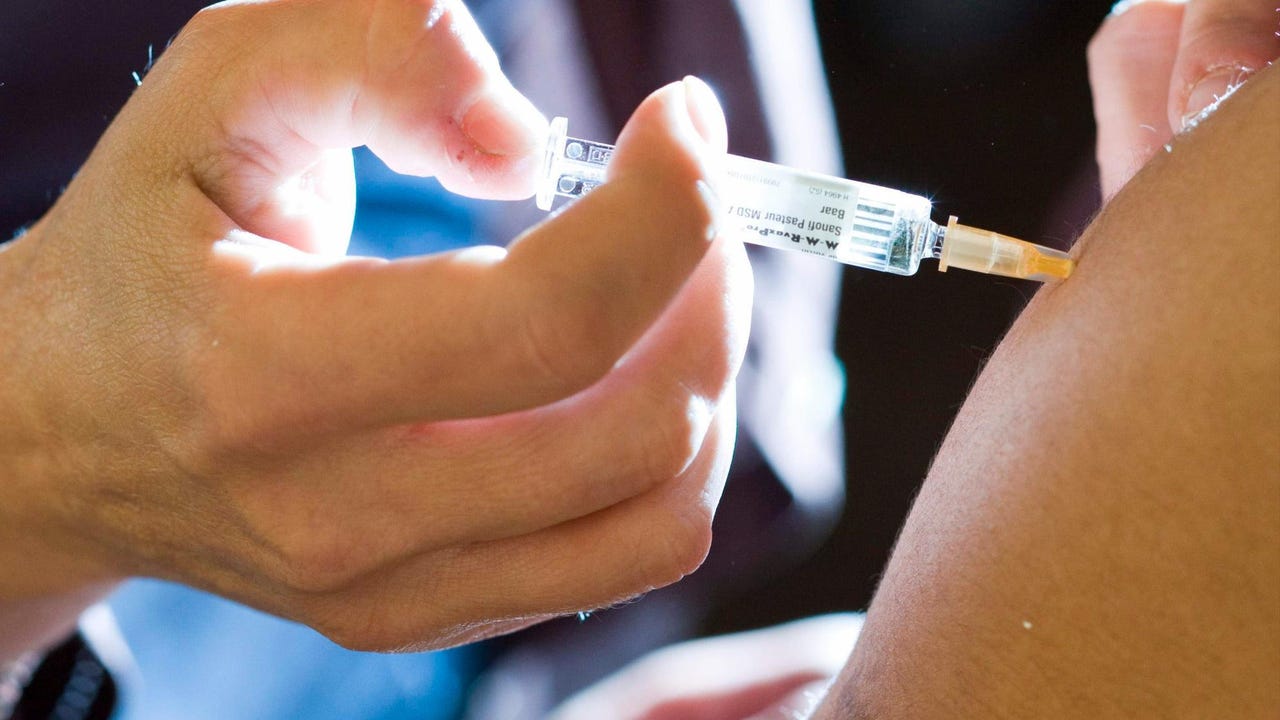The Ministry of Health confirmed on August 3 the first case of monkeypox in Guatemala. Although the disease is fatal in three to six out of 100 cases, the chances of recovery are high and precautions can be taken to avoid contracting it. Ojoconmipisto consult an infection specialist to learn more about this condition.
The first infection was detected in Africa in 1970, where the incidence is higher compared to other continents. However, over the past half century, there have been outbreaks in countries outside the region, such as the UK or the United States. The latter, for example, is due to the transport of prairie dogs that come into contact with infected animals and contract the disease. Upon arrival, at least 70 human cases were reported at the site.
Read also: Health confirms the first monkeypox case in Guatemala
How does it look and how is it transmitted?
It is a zoonotic condition and is spread by exposure to fluids or wounds from carrier animals. It can also be transmitted between humans via the same route, especially if there is prolonged contact with the patient or with items used by him or her, according to the World Health Organization (WHO).
The incubation period can last between five and 21 days, and the first symptoms are headache and muscle aches, fever, rash and swollen glands. The latter is a distinguishing feature of chickenpox. Over the following days, it can also range from hives to watery blisters. In severe cases, it can fill the body.
The signs usually go away in two to four weeks. Although asymptomatic cases have been reported, they are rare and there is not enough evidence to determine their frequency.
Who to look for if symptoms occur?
“They can go to an internist or infectious disease specialist and from then on they will be guided for the appropriate tests. Anyone can catch the virus, but greater severity has been seen in people with immunosuppressive illness,” explains infection expert Mario Melgar.
The most widely used detection method, according to WHO, is analysis performed on a patient’s wound, which can range from PCR to biopsy. Antibody tests are usually not done because there may be false positive results in people vaccinated against smallpox.
How to prevent smallpox infection?
According to Melgar, the way to avoid getting infected at this time is to keep a distance when someone is showing symptoms and not using their clothes or equipment. As a biosafety measure for health workers, WHO also recommends that when there is a suspicious patient in the clinic, someone vaccinated against smallpox treats and analyzes it, as this shows 85 percent efficacy in preventing this disease.
So far, the only confirmed case of monkeypox in Guatemala is a 31-year-old man. Other possible transmissions have been ruled out and three others are being analyzed to determine whether they fit this clinical picture. [Por Carmen Valle. Vía Ojoconmipisto. Foto: Centro para el Control de Enfermedades de Estados Unidos.]

“Internet trailblazer. Troublemaker. Passionate alcohol lover. Beer advocate. Zombie ninja.”




/cloudfront-us-east-1.images.arcpublishing.com/eluniverso/FTEC73B3HFHWHOUJFHJPCYHHY4.jpg)
:quality(85)/cloudfront-us-east-1.images.arcpublishing.com/infobae/3FBT6VVNRDO6XEXJQM5YMGSWSU.jpg)

